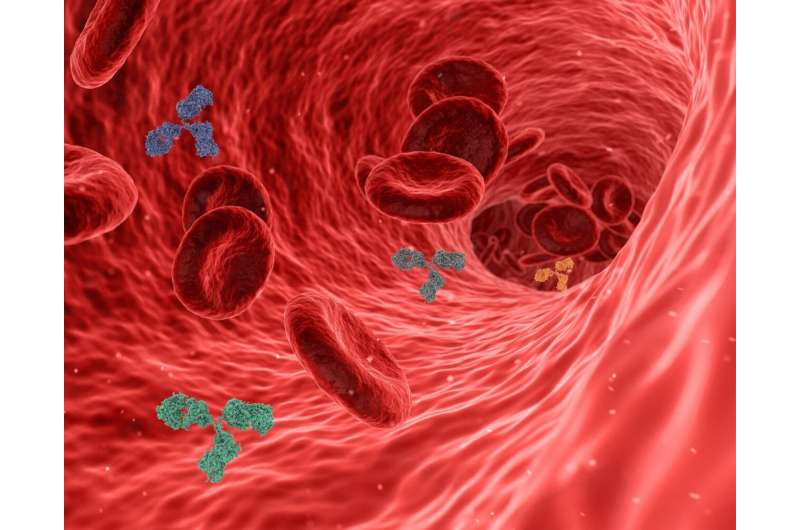Discovery of Heparanase 2: The Natural Protector of Blood Vessel Integrity

Researchers have identified heparanase 2 as a natural molecule that safeguards blood vessel integrity, opening new possibilities for vascular disease treatments. Discover how Hpa2 maintains vessel stability and may revolutionize therapies for related conditions.
Researchers from the MDI Biological Laboratory have identified a little-known molecule called heparanase 2 (Hpa2) that plays a vital role in maintaining the structural health of blood vessels. This groundbreaking discovery highlights Hpa2 as an essential safeguard against vascular leaks and dysfunction, which are implicated in numerous diseases.
Malfunctions in blood vessel integrity are increasingly recognized as underlying factors in many health conditions, including chronic kidney disease, diabetic retinopathy, macular degeneration, and even cancer. The study, published in "Arteriosclerosis, Thrombosis, and Vascular Biology," demonstrates that Hpa2, naturally circulating in vertebrate bloodstreams, acts by binding strongly to heparan sulfate—the sugar molecules that anchor vital growth factors such as vascular endothelial growth factor (VEGF) to endothelial cells.
VEGF is critical for normal tissue development and repair. However, its hyperactivity can lead to abnormal blood vessel formation and leakage, contributing to eye diseases like diabetic retinopathy and macular degeneration, as well as kidney issues characterized by protein loss. It can also facilitate cancer progression by enabling tumors to hijack blood supply.
The research team employed zebrafish, mouse kidneys, and human endothelial cell cultures to explore Hpa2's function. They found that absence of Hpa2 resulted in fragile, permeable vessels prone to leakage. Conversely, administering synthetic Hpa2 restored vessel stability, reducing permeability, and promoting normal vascular function.
Key findings include the conserved nature of Hpa2 across vertebrates, its circulation in the bloodstream, and its ability to compete with VEGF for binding to endothelial cells, thereby dampening excessive growth factor signaling. Loss of Hpa2 was associated with increased vascular permeability and structural vessel disruption, which could be reversed through recombinant Hpa2 application.
Haller, the senior author, emphasizes Hpa2's potential in medicine, stating that it could offer a more natural approach to treating vascular diseases compared to current therapies that block growth factor signaling and may have adverse side effects.
This discovery opens avenues for developing new treatments for diseases involving vascular dysfunction, leveraging Hpa2's ability to restore vascular integrity naturally. Further research may lead to innovative therapies that utilize this molecule to improve outcomes in vascular-related health conditions.
Stay Updated with Mia's Feed
Get the latest health & wellness insights delivered straight to your inbox.
Related Articles
How Tumor-Immune Cell Clusters Influence Breast Cancer Metastasis
New studies reveal how tumor-immune cell clusters in the bloodstream significantly enhance breast cancer metastasis, offering promising targets for early intervention.
New Insights into the Tumor Microenvironment's Role in Nasopharyngeal Carcinoma Progression
Recent research uncovers the pivotal role of the tumor immune microenvironment in the progression of nasopharyngeal carcinoma, paving the way for personalized treatment strategies.
Using England's Diabetes Prevention Model to Inspire Canadian Initiatives
Canada aims to emulate England's successful diabetes prevention programs by launching community-based initiatives across provinces, potentially reducing cases and healthcare costs through proven diet and exercise strategies.



